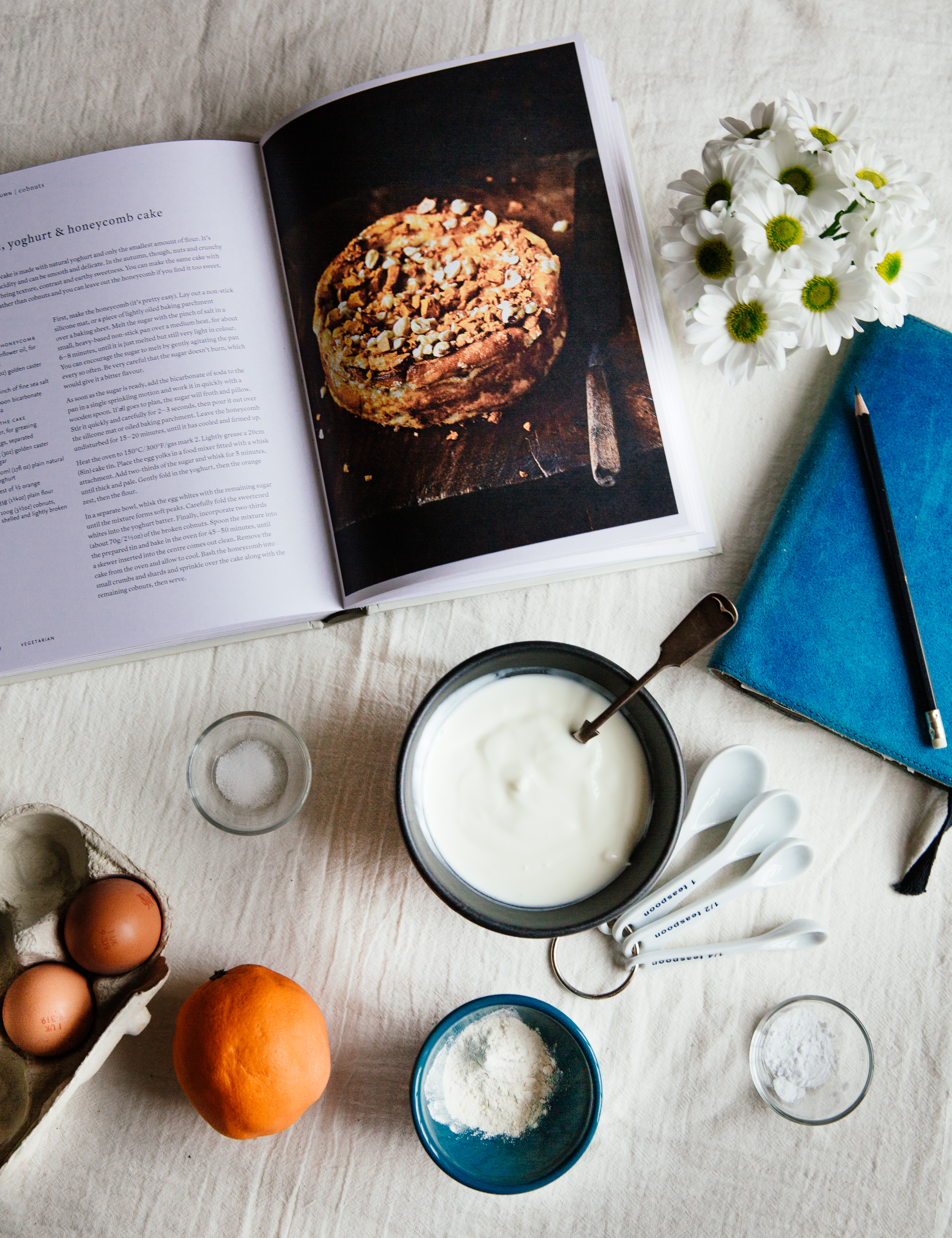
Does this sound a little patronising? It’s really not. I promise. I don’t have all the answers, I’m no authority, but I really really love a good story. And a good treasure hunt. And a good old list. Reading a recipe is not just about reading the damn thing. It’s pretty much a map of a treasure island, a map full of clues; while we’re going through it, we’ve also forming a plan, foreseeing bumps and traps and whatnot, preparing as best as we can for what we may face on our way to our much deserving treasure (aka pie/ soup/ healthy what have you).
So forget about just reading; this is strategy.
But wait; it’s actually so much more than that. Think about it: why would you ever read a recipe- or a treasure map? There’s motive behind it and it’s specific and often urging: it may be just about the story, aka the recipe, and the fantasy of what a dish, aka our treasure, would result in. It may also be the very real desire to satisfy a craving, to make something for a loved one, to feed a bunch of people (sometimes daunting or a chore, but honestly, what a beautiful thing to do, every time!) or to simply make a quick breakfast. Regardless of the motive, we all want to get to the gold. However, we also need to take our time. Really. As much as slow cooks irritate me, going through a recipe requires (nay, demands) a little extra time. It’s the first step, let’s give it its proper due; let’s also savour it, while we’re at it. It’s kinda like the calm before the storm, is it not? (Also, you guys, a recipe is essentially a list; and I don’t know about you, but lists are kinda like my spirit animal. They soothe and inspire me. When I don’t write lists/ recipes, I’m very happy reading and going through others’.)
The signs are there, we just need to know how to really read them.
- First things first: go through the whole damn thing! I give Mike this speech every time he feels inspired to cook and every.damn.time he’s busted halfway through the recipe, blindsided by a step he should have taken but didn’t, like mincing garlic or preheating the oven. Read it all, from start to finish. Maybe read it twice, let it sink in. Start forming your plan.
- List of ingredients: ideally, they should be written in the order you’re going to use them. I always make a point in listing ingredients like so, as, again, they’ll work like road signs, showing you the way to the next step. Do you have them all? You you even know them all? Do your homework, write a shopping list.
- Structure: while you go through these ingredients, keep your eyes open for the little things, the details: key words, usually found after comas: beaten, thawed, peeled- these are signs for how your ingredients are to be treated so they can do what you want. Cold butter is perfect for pie dough, but will be a bitch should you try to use it for chocolate chip cookies. Also, comas: so significant yet so overlooked, both in general and in recipes specifically: 3 eggs, divided- not used whole, separated and therefore used as such. Finally, time: you need to prep/ cook/ proof/ rest- you need time. And you need to know how much beforehand.
- Once you’re done with going through your map once (to get the feel of it and to check that you have all the ingredients) and then twice for all the devils that are in the details, lay out your arson: chop and slice and weigh and measure and place everything in front of you. Be neat, be clean, be respectful of your ingredients (they’re the ones that’ll get you where you want to go) and your effort.
- Last, but most definitely not least: trust your palette and all your senses. Sure, all these indications (time, measurements etc) have (hopefully) been tested from the person who has written them and they obviously worked for them, but you’re the boss in your kitchen. So follow their lead, especially when it comes to baking, where things are more scientific-y and specific, but make the recipe your own. Which, I have to stress, is easier to do once you’ve mastered how to actually read a recipe and have some experience with both successful and disastrous dishes. Trust me, you need both. You’ll be a better cook for them.
And hey, what do you know, that’s your treasure right there: time spent in the kitchen, reading recipes, measuring ingredients, messing up, kicking ass, finding your own (cooking) voice.
* Gather: my current treasure map. Wholeheartedly recommended.
**’The Pleasures of Reading Recipes‘ (“Recipes have a story arc.”- Ugh! Gets me every time.) // Doing it the right way (“Get familiar before getting fancy.” Yes, yes, yes.)